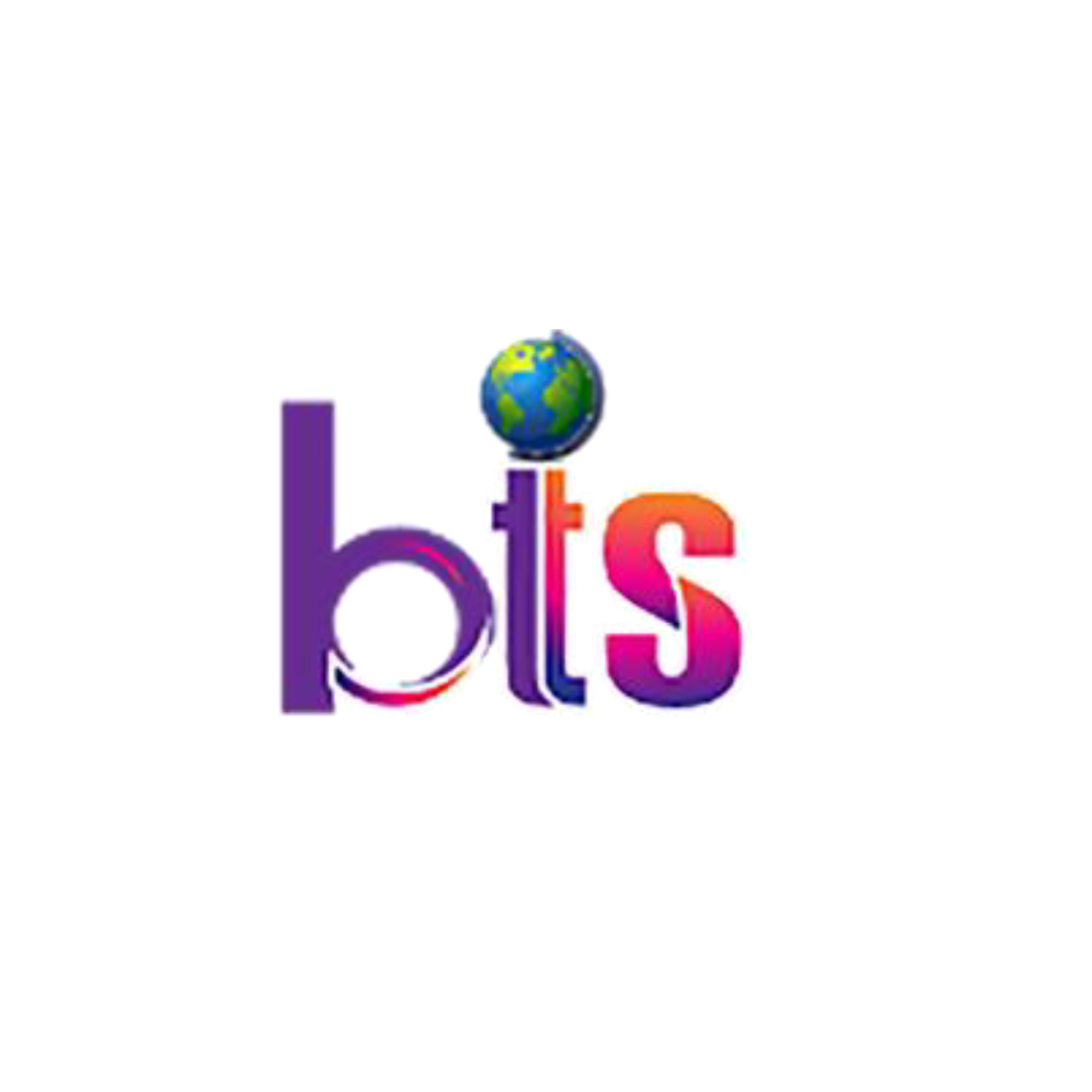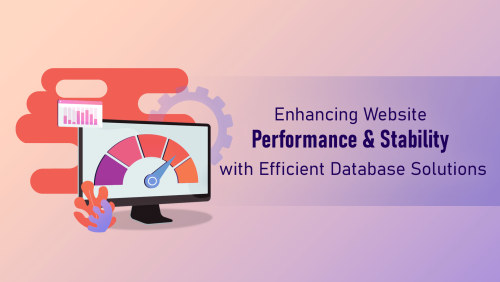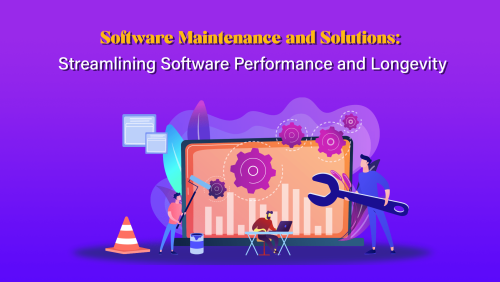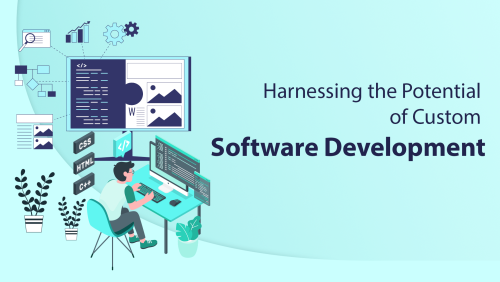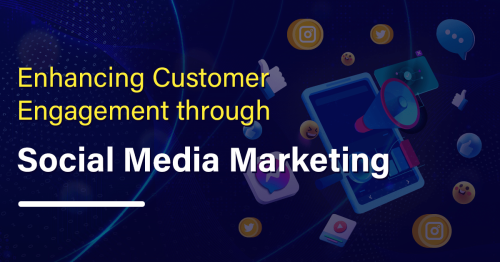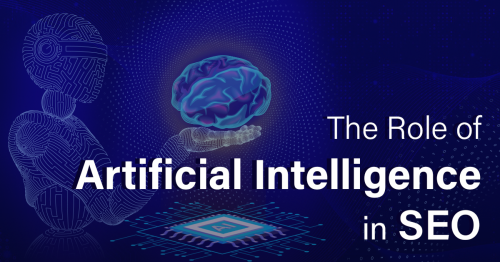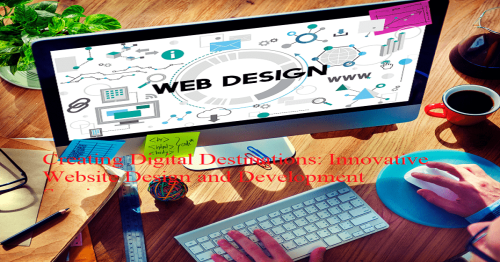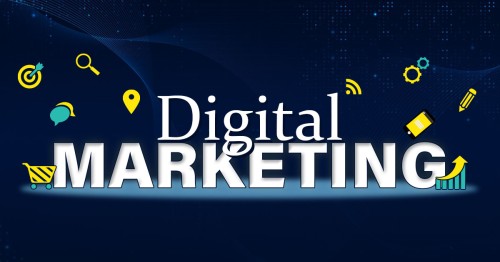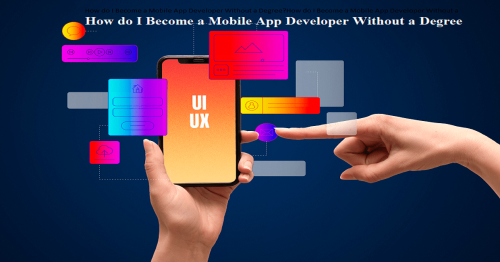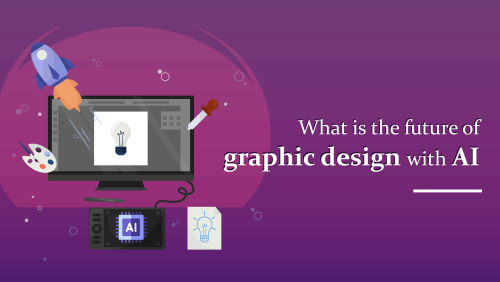
What is the Future of Graphic Design with AI
The future of graphic design with AI is promising and holds significant potential for innovation and efficiency. AI technologies are already making an impact in various aspects of graphic design, and they are expected to continue advancing and evolving.
Automated Design Generation: AI can automate the design process by generating visual elements, layouts, and even entire designs. It can analyze data, understand design principles, and create aesthetically pleasing compositions. This can save time for designers and allow them to focus on more complex and creative tasks.
Enhanced Creativity: AI can serve as a creative partner to designers, suggesting ideas, providing inspiration, and generating alternative design options. By leveraging vast amounts of existing design data, AI algorithms can offer fresh perspectives and help designers explore new possibilities.
Customization and Personalization: AI can facilitate the creation of personalized designs at scale. By analyzing user preferences, behaviors, and data, AI can generate tailored graphics and visuals that resonate with specific individuals or target audiences. This level of customization can lead to more engaging and impactful design experiences.
Augmented Reality (AR) and Virtual Reality (VR): AI-powered tools can enhance the creation and implementation of AR and VR experiences. Designers can utilize AI algorithms to optimize 3D models, simulate realistic environments, and generate interactive elements for immersive graphic design projects.
Intelligent Image Editing: AI algorithms can automate and enhance image editing processes. They can remove backgrounds, retouch images, adjust lighting and colors, and even create composite images by intelligently combining multiple elements. These capabilities can streamline workflows and improve the efficiency of graphic designers.
Design Assistance and Feedback: AI can provide real-time feedback and suggestions during the design process. It can identify design flaws, offer improvements, and ensure designs align with best practices and design principles. This iterative feedback loop can help designers refine their work and deliver higher-quality designs.
Ethical Considerations: As AI becomes more prevalent in graphic design, ethical considerations will arise. Designers will need to consider issues such as bias, fairness, and the responsible use of AI in design processes. Ensuring inclusivity and diversity in design outputs will be crucial, as AI algorithms learn from existing data, which may contain biases.
It's important to note that while AI can assist in graphic design tasks, it cannot replace human creativity and intuition. The role of designers will continue to be essential in guiding and shaping the creative process, while AI serves as a powerful tool to enhance productivity, streamline workflows, and explore new design possibilities.
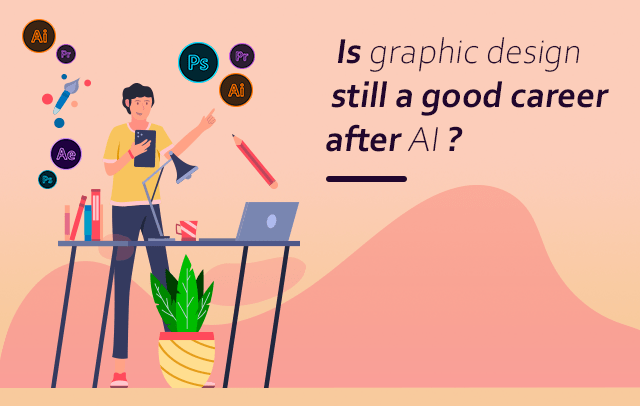
Is graphic design still a good career after AI?
Yes, graphic design remains a valuable and promising career even with the advent of AI. While AI technologies are becoming more integrated into the design process, they primarily serve as tools to augment and enhance the work of graphic designers rather than replacing them entirely. Here are a few reasons why graphic design continues to be a good career choice:
Creativity and Artistic Vision: Graphic design is a creative field that requires a human touch and the ability to conceptualize and communicate visually. AI may assist with certain tasks, but it cannot replicate the unique creativity, intuition, and artistic vision that designers bring to their work.
Design Strategy and Problem-Solving: Graphic designers play a crucial role in understanding client's needs, analyzing target audiences, and developing effective design strategies. They possess the ability to solve complex design problems, create meaningful experiences, and evoke specific emotions through their designs.
Branding and Identity: Graphic designers are instrumental in building and maintaining brand identities. They craft visual elements, such as logos, typography, and color schemes, that represent the essence and values of a brand. Developing a strong and cohesive brand identity requires human interpretation and strategic thinking.
User Experience (UX) Design: UX design focuses on creating intuitive and user-friendly experiences across digital platforms. While AI can aid in analyzing user data and generating design options, designers are still needed to understand human behavior, interpret insights, and craft engaging and seamless user experiences.
Collaboration and Communication: Graphic designers often work closely with clients, marketing teams, and other stakeholders. They translate ideas and requirements into visual representations, incorporating feedback and collaborating to meet project objectives. Effective communication skills and the ability to understand and interpret client needs are crucial aspects of the design process.
Adaptability and Evolving Skill Set: The field of graphic design is constantly evolving, and designers need to stay updated with the latest trends, technologies, and tools. By embracing AI and incorporating it into their workflows, designers can enhance their efficiency, explore new creative possibilities, and deliver high-quality designs.
Emotional and Human Connection: Graphic design has the power to evoke emotions, tell stories, and connect with people on a personal level. While AI can assist in generating designs, it often lacks the depth and emotional understanding that human designers bring to their work. The ability to create designs that resonate with individuals and elicit specific responses remains a valuable skill.
In summary, graphic design continues to be a relevant and rewarding career path. While AI may automate certain tasks, it cannot replace the creativity, strategic thinking, and human connection that designers offer. By embracing AI as a tool and continuously honing their skills, graphic designers can thrive in a rapidly evolving industry.
.png)
What is the difference between graphic design and AI art?
Graphic design and AI art are distinct but interconnected disciplines that utilize different approaches and techniques. Below are the main distinctions between the two disciplines:
Creation Process: Graphic design involves the deliberate creation of visual compositions to convey specific messages or fulfill particular objectives. It is driven by human designers who employ their creativity, design principles, and problem-solving skills to develop visuals that communicate effectively.
AI art, on the other hand, relies on artificial intelligence algorithms to generate artistic content autonomously or in collaboration with human artists. AI algorithms analyze data, learn patterns, and generate output based on predefined rules or training on existing artwork. The creation process in AI art often involves a combination of human guidance and algorithmic decision-making.
Intention and Purpose: Graphic design is purpose-driven, aiming to solve problems, communicate messages, and fulfill specific objectives. It is often commissioned by clients or organizations with specific goals in mind, such as creating brand identities, marketing materials, or user interfaces. Graphic design focuses on delivering clear and intentional visual communication.
AI art, on the other hand, may prioritize exploration, experimentation, and the generation of novel and unexpected artistic outputs. While it can also serve specific purposes, such as creating digital paintings or generating visuals for virtual environments, AI art often emphasizes the exploration of the artistic potential of AI algorithms and the blending of human creativity with machine-generated elements.
Human Involvement and Creativity: In graphic design, human designers play a central role in the creative process. They bring their artistic vision, conceptual thinking, and expertise in design principles to craft visual compositions that align with specific objectives and resonate with the intended audience. Human creativity, intuition, and decision-making are integral to graphic design.
AI art involves collaboration or interaction between AI algorithms and human artists. While the algorithms may generate artistic elements autonomously, human artists guide and curate the process, providing input, making aesthetic judgments, and shaping the outcome. The role of human creativity remains significant in AI art, as artists leverage AI as a tool to explore new creative possibilities.
Aesthetic and Style: Graphic design encompasses a wide range of styles and aesthetics, which can vary based on the project requirements, target audience, and the designer's artistic choices. The visual language in graphic design is often purposeful and tailored to meet specific objectives, whether it be conveying professionalism, evoking emotions, or aligning with a brand identity.
AI art can explore a broad spectrum of aesthetics and styles, including those that may be unconventional or unexplored by human artists. AI algorithms can analyze vast amounts of existing artwork, learn patterns, and generate unique visuals that may challenge traditional artistic norms. AI art often pushes the boundaries of creativity and offers new perspectives in the realm of artistic expression.
In summary, graphic design and AI art differ in their creation processes, intention, human involvement, and the role of creativity. Graphic design is purpose-driven and relies on human designers to create intentional visual communication, while AI art explores the potential of AI algorithms to generate artistic content in collaboration with human artists. Both disciplines contribute to the rich and evolving landscape of visual expression.
.png)
Will AI replace digital art?
No, AI is not likely to replace digital art. While AI technologies can be used as tools in the creation of digital art, they cannot replicate the unique creativity, imagination, and personal expression that human artists bring to their work. Digital art is a form of artistic expression that is deeply rooted in human emotions, experiences, and perspectives. AI can assist and enhance the creative process, but it cannot replace the artistic vision and intentionality that artists contribute to their digital artworks. AI and digital art can coexist and even collaborate, resulting in exciting and innovative artistic possibilities.
.png)
Is graphic design a good career in 2023?
Yes, graphic design continues to be a good career choice in 2023. The demand for skilled graphic designers remains strong across various industries. Here are some reasons why graphic design is still a promising career:
Growing Digital Landscape: With the continuous growth of the digital world, there is an increasing need for visually appealing and engaging content across platforms. Graphic designers play a crucial role in creating effective designs for websites, mobile apps, social media, and other digital mediums.
Branding and Marketing: Companies recognize the importance of strong branding and effective marketing strategies. Graphic designers contribute to the development of brand identities, logos, packaging designs, and marketing collateral, helping businesses differentiate themselves in competitive markets.
User Experience Design: User-centric design has become a priority, and user experience (UX) design is a key aspect of this. Graphic designers skilled in UX design create intuitive and visually pleasing interfaces that enhance user satisfaction and engagement.
Print and Publication Design: While digital media dominates, print materials such as brochures, magazines, and posters are still relevant. Graphic designers proficient in print design are sought after for creating visually appealing and impactful print materials.
Multimedia and Motion Graphics: The demand for multimedia and motion graphics is increasing with the popularity of video content, animations, and interactive media. Graphic designers skilled in these areas can create visually stunning and engaging motion graphics for various purposes.
Freelancing and Remote Opportunities: Graphic design offers flexibility in terms of freelance and remote work opportunities. Many businesses and clients are open to working with freelance graphic designers, allowing for a more flexible and independent career path.
Continuous Evolution and Learning: Graphic design is a dynamic field that continuously evolves with changing trends, technologies, and design tools. This presents opportunities for growth and learning, allowing designers to stay updated and expand their skill sets.
However, it's important to note that the field of graphic design is competitive, and staying relevant requires adaptability, creativity, and ongoing professional development. Keeping up with emerging design trends, mastering new software, and refining artistic skills are key to thriving in the industry.
In summary, graphic design offers a range of career opportunities in various industries, particularly in the digital landscape. With the right skills, creativity, and a proactive approach to professional development, graphic design can be a rewarding and fulfilling career choice in 2023.
